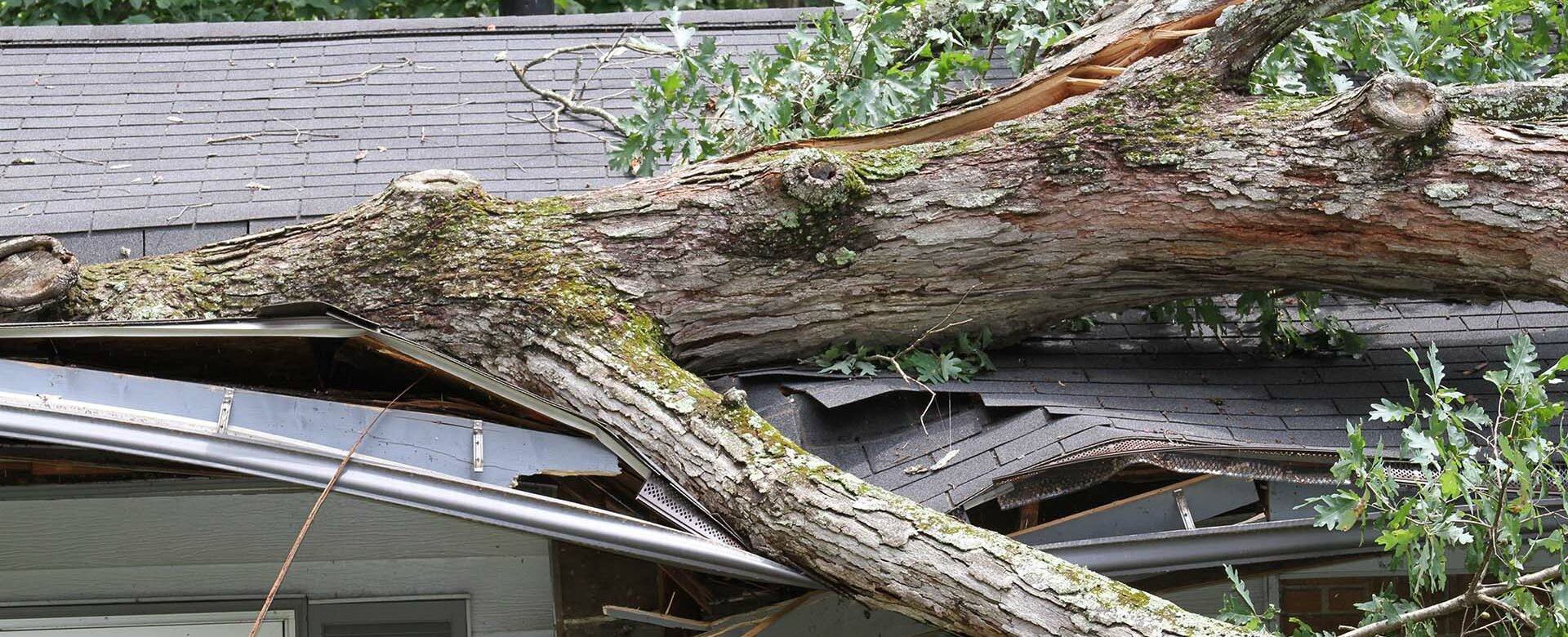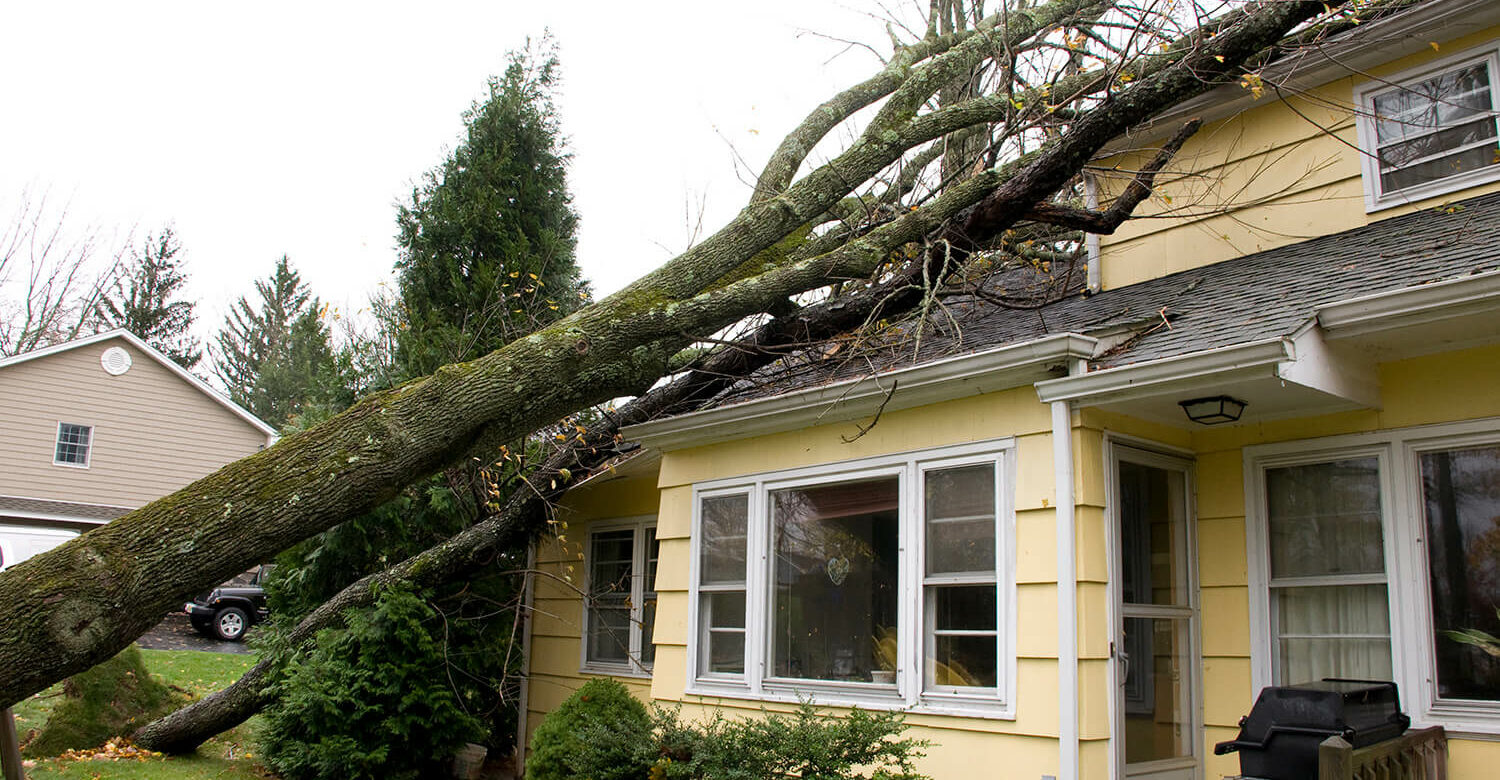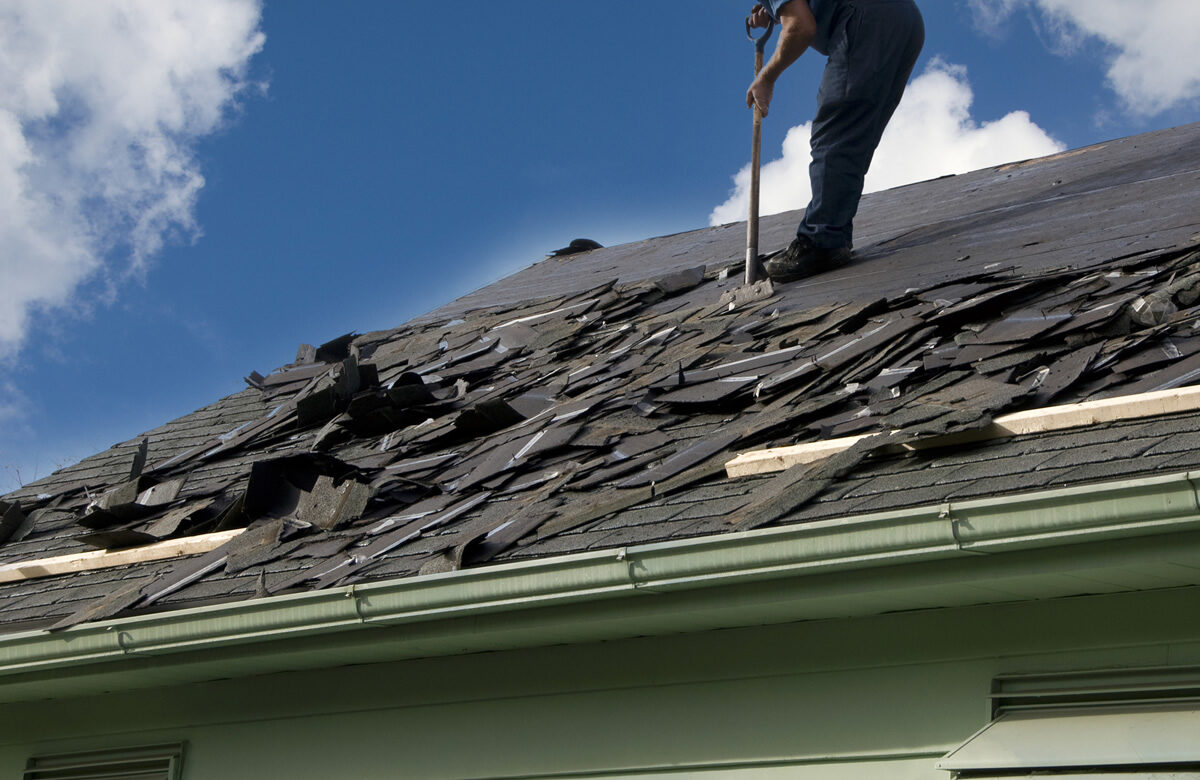If you’ve had some damage to your roof, you may be wondering if you should make an insurance claim.
The first thing to note is that every insurance company and every policy is different. The key is hiring a roofing contractor who can work with you through the process regardless of what it looks like.
At Andrews Roofing, we are experienced in working with clients and insurance companies for roof damage that has been caused by the frequent storms we get in Hampton Roads. Not all roofing companies work the same way, but here’s a bit of insight into how we help our clients work through the damage, insurance claim and repair or replacement process.
Roof Repairs
Depending on the extent of your repair needs, we may send an estimator out to take a look first. If it’s a few blown off shingles or nail pops, we can likely give you an idea of the cost over the phone and then schedule a repair at that time. From there, you can file a claim with your insurance company. We will provide you with a detailed and professional invoice to submit with other required insurance paperwork.
If a repair is major or requires partial replacement, we may send an estimator out to take a look first. Armed with a written estimate, you can reach out to your insurance company first to see what may be covered under your policy. Although we generally do not need to get involved first-hand with your insurance representative, we are happy to do so if it helps with the process.
Roof Replacements
If it is clear that your roof needs to be replaced, we will send an estimator out before providing any quotes on work or pricing. Our sales department will schedule an appointment with you to inspect the inside and outside of your roof. They will discuss options and budget before providing a written estimate for you to review. At this point, we highly recommend reviewing this estimate with your insurance representative. Some companies may only pay for a one-for-one roof replacement. This means that if you choose a different material, it may not be covered. It’s also critical to know whether the insurance company will cover any portion of the replacement if your roof is older and beyond its predicted lifespan. They may determine that the roof failed due to its age, rather than damage that is otherwise covered.
Roof Warranty Claims
If your roof is fairly new and has sustained damage, it’s possible that you have a manufacturer warranty on the materials. Ideally your roofing contractor will have talked to you about the warranty of the materials you chose and provided you with information on making a claim. For instance, one of the products we offer to our clients are CertainTeed shingles, which carry a wind warranty of 110 to 130 mph. As long as they are installed property per the manufacturer specs, clients shouldn’t need to worry about paying for any storm damage out of pocket. Keep in mind, you may first need to reach out to the warranty provider, then contact your roofing contractor to perform the warranty or replacement.
The Bottom Line
Before you ever need repairs made to your roof, make sure you understand your homeowners insurance. Talk to your rep to ensure your roof will be covered in the case of a storm or other natural disaster. Understand what their claims process looks like. When damage does happen, reach out to your insurance company as soon as possible and document everything. And, of course, only use a licensed, insured roofing contractor who is experienced in both roof repair and replacement and who can provide a professional written estimate, manufacturer warranty information and great service.
If you’ve had damage to your roof and you live in Virginia Beach, Chesapeake, Norfolk, Portsmouth, Suffolk or any of the other surrounding Hampton Roads cities, Andrews Roofing can help. Contact us today and we’ll help you determine the best course of action for getting your roof back in working order.





